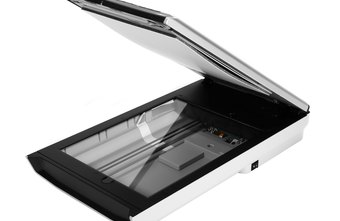Local Area Network
(LAN) Switches support different Switching Methods. Important Switching Methods
are store and forward, cut-through and fragment-free. Switching Methods
determine how a switch receives, processes, and forwards a Layer 2
Ethernet frame.
Store and Forward Switching
In Store and forward switching, Switch copies
each complete Ethernet frame into the
switch memory and computes a Cyclic Redundancy Check (CRC) for errors. If a
Cyclic Redundancy Check (CRC) error is found, the Ethernet frame is dropped and if there is no Cyclic Redundancy
Check (CRC) error, the switch forwards the Ethernet frame to the destination device. Store and forward
switching can cause delay in switching since Cyclic Redundancy Check (CRC) is
calculated for each Ethernet frame.
Cut-through Switching
In cut-through switching, the switch copies into
its memory only the destination MAC address
(first 6 bytes of the frame) of the frame
before making a switching decision. A switch operating in cut-through switching
mode reduces delay because the switch starts to forward the Ethernet
frame as soon as it reads the destination MAC
address and determines the outgoing switch
port. Problem related with cut-through switching is that the switch may forward
bad frames.
Fragment-Free Switching
Fragment-free (runt less switching) switching is
an advanced form of cut-through switching. The switches operating in
cut-through switching read only up to the destination MAC address field in the Ethernet frame before making a switching decision. The switches
operating in fragment-free switching read at least 64 bytes of the Ethernet
frame before switching it to avoid forwarding Ethernet
runt frames (Ethernet frames smaller than 64
bytes).

0 comments:
Post a Comment